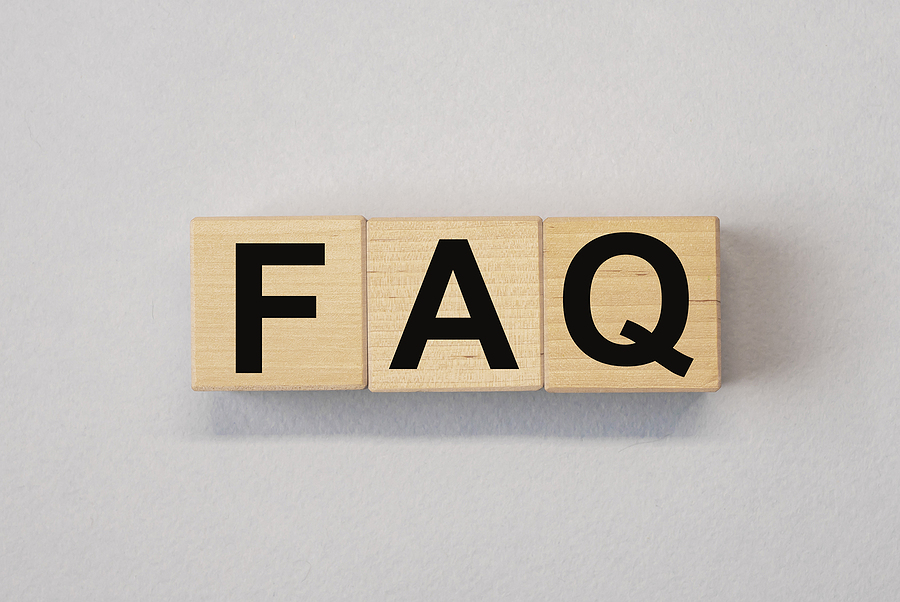During my annual computer ‘refresh’, I ran across some old content. I smiled when I saw the below – happy to still put customers first. — LaMae
(ok – so our writing style has changed a bit – that’s ok too)
As a leading Los Angeles based web design company with global web development offices, we are committed to maintaining a one on one relationship with you and providing a team you can count on right here at home. We are dedicated to creating an environment of trust that will keep your project moving, on time and on budget.
We understand that along with being one of LA’s top web design companies, comes our responsibility to assure that our design is inextricably balanced with functionality. Whether we are designing an eCommerce site or the latest app, we will make sure our creative team delivers your message with style and ease of use.
Whether we are designing and launching a new website or app, our Los Angeles team of web developers, marketing hot shots, and analytic gurus will arm you with an integrated marketing strategy that will achieve your goals.
Whether we are designing an app to interpret whole-genome sequence data and identify disease-related mutations, programming an image recognition platform, or connect a plethora of social media platforms in a single application, our team of technology mavericks is working 24-7 to bring innovation and functionality to everything we do.
While the “rules” keep on changing, you don’t need to worry about that, we will stay on top of them for you, making sure your website is found by people who are relevant to your business and likely to use your services.
If there is not a software out there that can meet the needs of our client, we create it. We have programmed and customized software specifically for the unique requirements of many of our customers.
Long before World Wide Web, software development has been an integral part of our business. We created software for devices ranging from etching equipment, to movie data management. Please take a look at one our best wares – ARTdynamix for a glimpse of what is possible.






